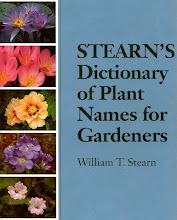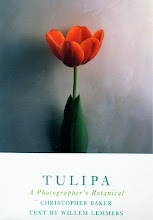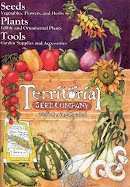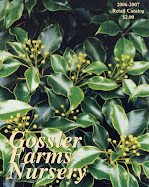Lawn is easy. That is why there is so much of it. It needs only mowing. But lawn is boring. Lawn does little to improve the environment. Watering lawn is costly, unnecessary & irresponsible. Grass survives almost any drought. If not, it can easily be reseeded. Unless you are ready to work many hours in the garden, it is probably best to remove only small areas of lawn. Lawns look better when they mimic a forest clearing, than when they evoke the wide-open prairie. If you have a small lawn, remove it. Or plant more trees around it. Don’t waste space in a small garden with lawn. If you have a big lawn, remove 5 feet somewhere around the perimeter. Plant shrubs & groundcovers. You can remove more area later for perennials & more shrubs. If you want to plant trees, you are to be commended. Remove 10 feet of lawn from 1 side. Plant the trees at least 5 feet from your property line. Know how far they will spread before planting. Do not use lawn as path. Grass is very invasive. Remember: Turf does not need to be dug out. Just cover it with 2 feet of compost.
Elk Rock Garden of the Bishop’s Close, now home to the Hardy Plant Society
of Oregon
-
Back in January of 2023 I wrote about visiting the Elk Rock Garden of the
Bishop's Close for what I feared might be the last time. The property had
been pu...
15 hours ago

































































